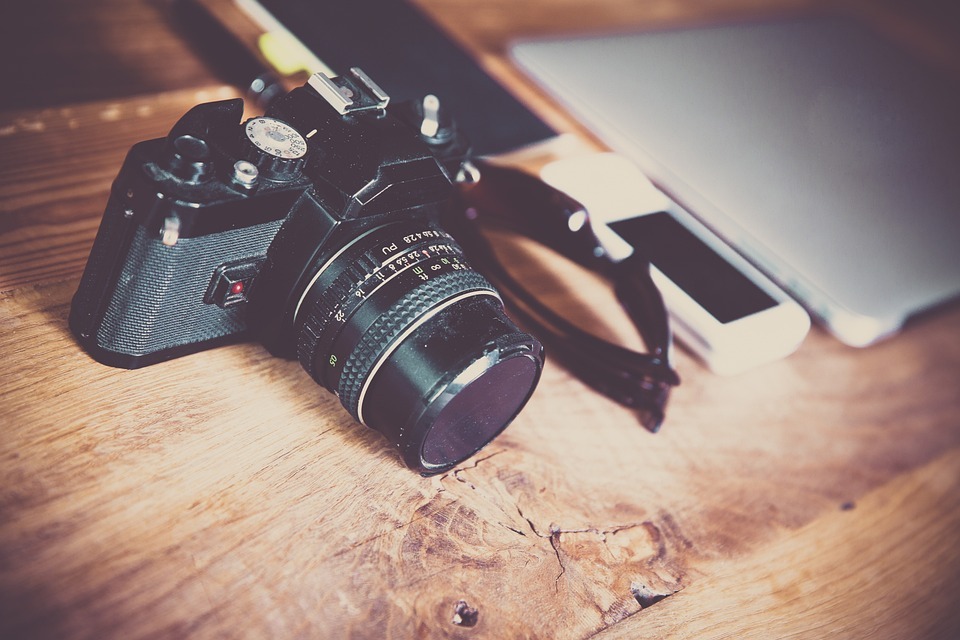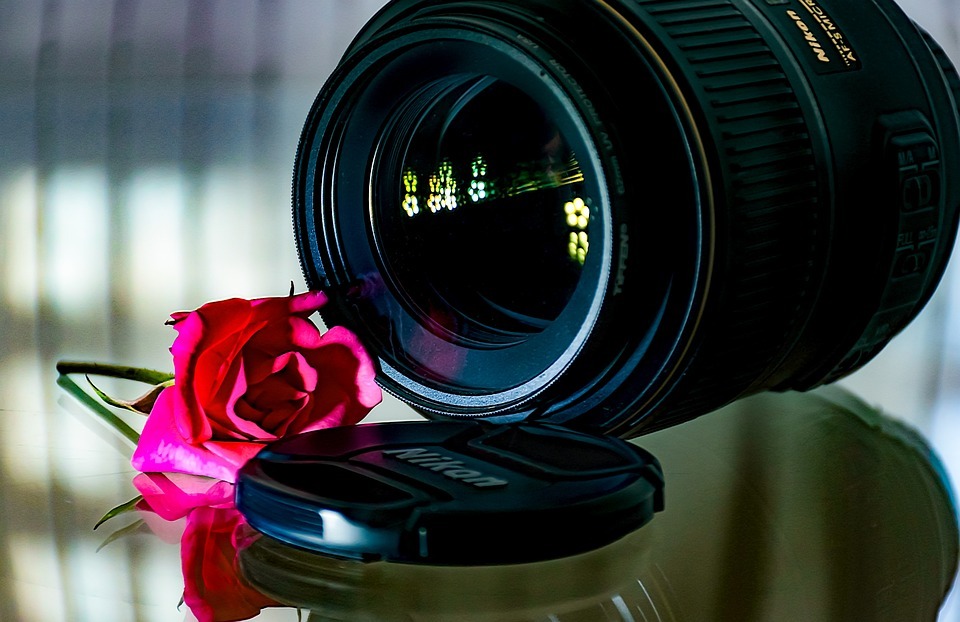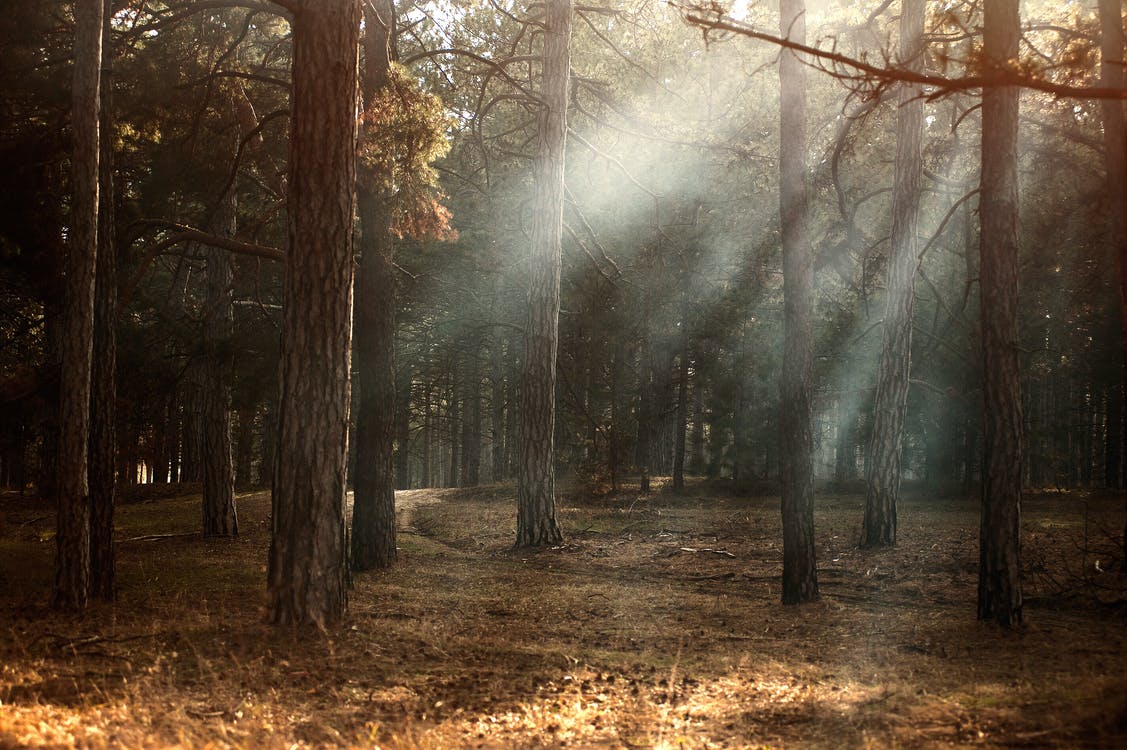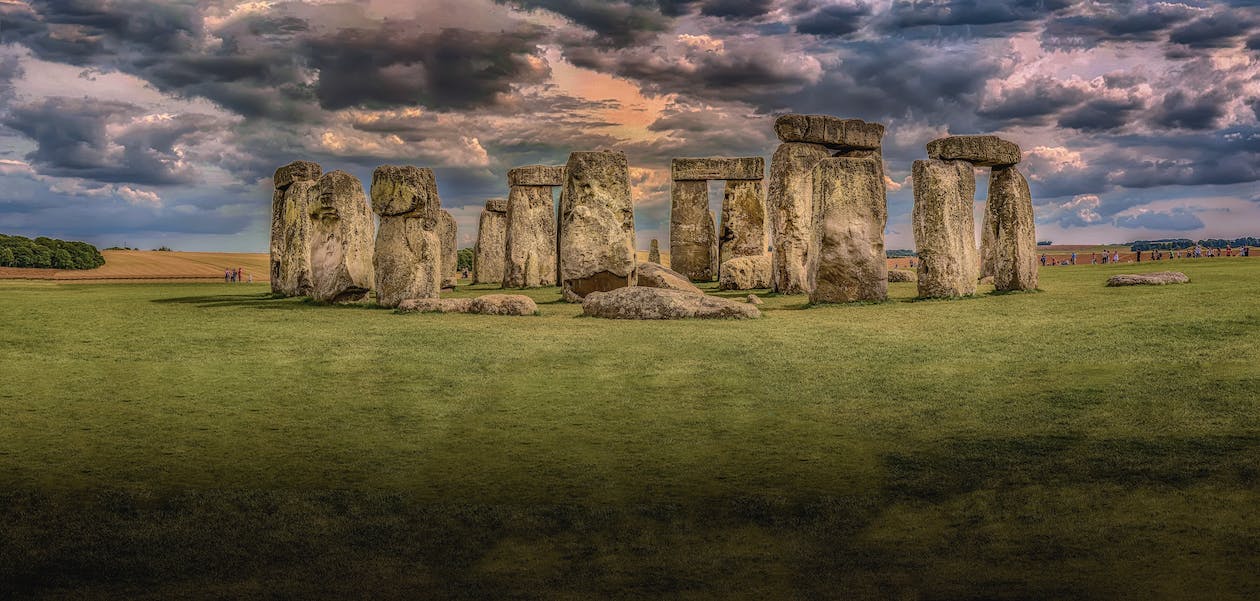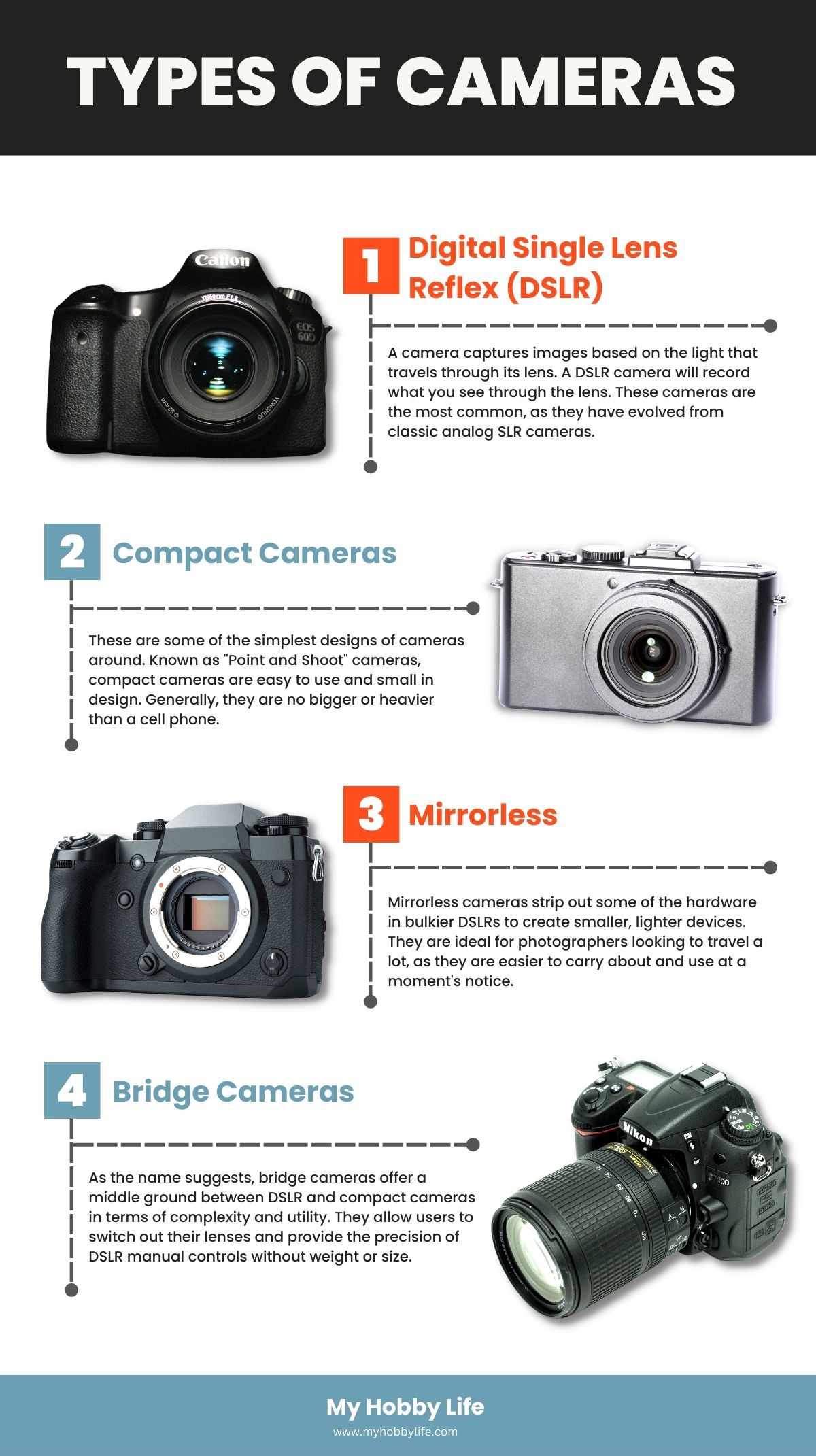The days of film cameras where you could only control the shutter speed and aperture are long gone. Digital cameras today are filled with cutting-edge technology, such as AI algorithms, that assist photographers in capturing the perfect shot. From the integration of digital technology in Star Wars movies to the recent AI-entrenched CGI effects in the latest films, such remarkable qualities have been a vital element of the entertainment industry.
Similarly, digital cameras today have a variety of capabilities that make photography more accessible and pleasant for everyone, from facial recognition and scene detection to picture stabilization and voice control. In this post, we’ll look at the various types of AI and other capabilities integrated into today’s digital cameras and how they improve the entire photographic experience. Whether you’re a professional photographer or just having fun taking photos, the remarkable possibilities of today’s digital cameras will astound you.
1. Autofocus
One of the most significant digital camera functions is autofocus (AF), which allows photographers to rapidly and correctly focus on their subject without manually adjusting the lens. Most digital cameras now feature autofocus capabilities, making it easier than ever to snap sharp, well-focused images.
In modern digital cameras, various autofocus systems are available, each designed to handle different situations and shooting scenarios. One typical method is contrast detection autofocus, which determines focus by measuring the contrast between light and dark parts in the frame. This technique is frequently employed in low-light circumstances or when photographing subjects with little contrast.
Another prominent autofocus approach is phase detection autofocus, which measures the distance between the camera and the subject using a set of sensors. This technique is commonly utilized with DSLR cameras and is incredibly successful for shooting fast-moving objects like sports or wildlife.
Specific digital cameras also include hybrid autofocus, which combines contrast and phase detection autofocus technologies for increased accuracy and speed. This is especially beneficial in difficult lighting situations or when capturing subjects with complicated, multi-layered scenes.
2. Face Detection
Modern digital cameras, which can identify and recognize human faces in the frame, can automatically alter the focus, exposure, and other settings to guarantee that the subject’s face is in sharp focus and well-exposed. This is especially beneficial in low-light situations, when getting the perfect exposure can be difficult, or when working with a fast-moving subject, such as a youngster or pet.
One of the primary benefits of utilizing AI-powered face detection in digital cameras is that it allows photographers to concentrate on the creative aspects of their work rather than on technical matters like focus and exposure. The camera does much of the hard work with face detection, allowing the photographer to concentrate on composition, lighting, and other creative aspects of the shot.
Face identification can be beneficial in various genres of photography, such as street photography, where it can help catch candid photos of people going about their daily lives, and portrait photography.
3. Scene Recognition
Scene-recognition mode is a game-changing tool that has propelled camera automation to new heights. Instead of the manual user-selectable scene, scene recognition is an automatic intelligent mode that uses advanced AI algorithms to identify the photographed scene and modify the camera settings accordingly. Live-view cameras make this capability feasible, which provides a constant view of the scene that the camera’s image processor can analyze.
Canon and Panasonic pioneered the concept of scene recognition in their intelligent auto (iAuto) settings in 2006. Scene recognition uses the camera’s brightness, distance, and white balance to determine what is being photographed based on its look. The camera can recognize dozens of often captured scenarios, from landscapes and portraits to macro and night photography. By recognizing the scene, the camera can automatically adjust the exposure and effects settings to get the best possible image.
Scene recognition goes beyond face detection and recognition, which can remember distinct people’s faces. It can detect movement in the scene and adjust the ISO sensitivity accordingly, requiring a faster shutter speed to properly freeze the action. This is especially beneficial in sports and action photography, where subjects moving quickly necessitate a quicker shutter speed.
4. Image Stabilization
Image stabilization is a technology included in digital cameras that compensates for unwanted movement or wobbles when capturing images. This is especially handy when photographing in low-light circumstances, with slow shutter rates, or while handholding the camera. The image stabilization system adjusts for movement generated by your hand or the camera by making an opposite movement.
In-lens and in-body stabilization are the two image stabilization systems available in digital cameras. In-lens stabilization systems use a floating lens element controlled by a microcomputer and incorporated within the lens. The microcomputer detects movement and responds in the opposite direction to cancel the shake effect. In-body stabilization, however, is based on technology that moves the camera sensor rather than the lens.
It’s crucial to note that not all lenses or camera bodies include image stabilization. However, lenses with image stabilization are more expensive because this feature is integrated. The efficiency of image stabilization is determined by the shutter speed. An image stabilization system may not be essential or capable of preventing undesirable shakes at very rapid shutter speeds of 1/1000sec or more or prolonged shutter speeds of less than one second.
5. High Dynamic Range (HDR) Imaging
High Dynamic Range (HDR) photography has transformed digital imaging and has become a popular technique for creating photographs with outstanding detail and color. HDR photography allows you to take many photographs of the same scene, each with a different exposure level, and then combine them to make a single image with a considerably higher dynamic range than any of the individual images.
HDR photography is especially beneficial when the scene’s dynamic range is too great for the camera to capture in a single exposure. While photographing a sunset, for example, the brilliant sun might make the rest of the image appear overly dark. You can capture the complete range of tones in the image utilizing HDR techniques, from the sun’s highlights to the shadows of the surrounding terrain.
HDR photography can be utilized to capture interior photos, portraits, and even still-life photography in addition to landscapes and outdoor situations. Some cameras now offer an HDR mode that allows you to take multiple photos with different exposures and put them into a single HDR image.
View this post on Instagram
6. Panorama Mode
Panoramic photography is a technique for shooting photos with a horizontally extended field of view. This enables the capture of a larger area than a standard photograph, making it a perfect approach for photographing huge landscapes, cityscapes, and architectural images.
Panoramic photography can be accomplished in various ways, including using specialized panoramic cameras, stitching together many photographs, and cropping a single photo to a wider aspect ratio.
Panoramic cameras are meant to take photos with an expanded field of view, and they frequently use a revolving lens or sensor to capture a broader angle. These cameras can produce high-quality, seamless panoramic photos in a single shot.
Several modern digital cameras and smartphones include a panorama mode that allows you to capture panoramic images without using specialized equipment or software. Typically, this mode guides you through the process of recording a sequence of overlapping shots as you sweep the camera across the subject. The camera then patches these photos together to form a continuous panoramic image.
7. Voice Control Feature
Voice-controlled digital cameras are a relatively new innovation in the world of photography, and they provide photographers with a novel method to communicate with their cameras. Photographers can use this capability to offer their cameras voice commands to activate specific features or settings rather than physically pressing buttons or dials on the camera body.
The convenience of voice-controlled cameras is undeniable when photographers must keep their hands free or have limited access to camera controls. Photographers, for example, may find it challenging to reach the camera buttons while maintaining a steady shot when shooting from a tripod.
Photographers may use voice control to easily alter settings, switch shooting modes, and snap photos without touching the camera. Similarly, photographers using gloves in cold weather may struggle to operate small camera buttons, and voice control can give an easier way to handle camera operations without removing the gloves.
View this post on Instagram
Know the Different Types of Cameras
Understanding the many types of cameras available is essential when deciding on the best camera for your photography needs. The camera industry is broad and diverse, with each model offering its features and benefits. Knowing the distinctions between the various types of cameras will assist you in making an informed selection when purchasing a camera, ensuring that you are buying the camera that best meets your needs and tastes.
DSLRs are the most prevalent and evolved from traditional analog SLR cameras, having essential functions and interchangeable lenses while being larger. Compact cameras are smaller and easier to handle, with basic features like video modes and built-in flashes but have restricted zoom and shot widths. Mirrorless cameras are smaller and easier to transport but have short battery life and lack the feel of a DSLR. Bridge cameras provide a compromise by allowing users to swap lenses and provide DSLR manual controls without the weight or size of a DSLR, but they lack a viewfinder.
Today’s digital cameras have a wide range of advanced technology, such as artificial intelligence and other novel capabilities. From facial recognition and tracking to automatic scene selection and voice commands, these cameras have many features that enable photographers to quickly produce great photographs. The most recent digital cameras will undoubtedly improve your photographic experience, allowing you to take your abilities to the next level. The possibilities are limitless, with many interesting features and capabilities at your disposal!

